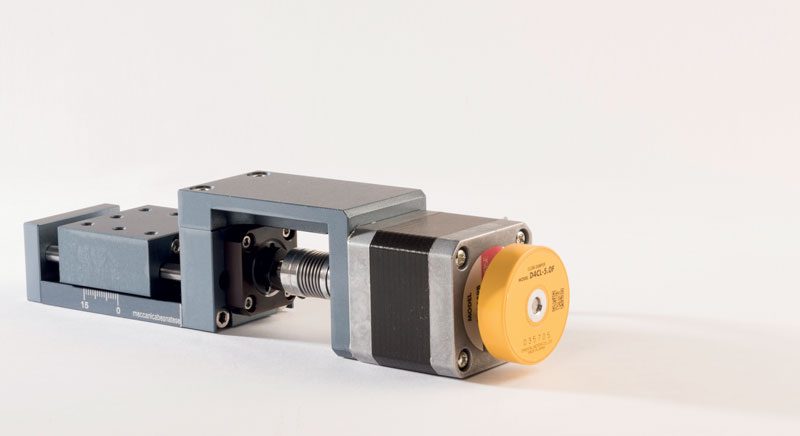Precise Positioning in All Working Conditions
TRP adjustment rails by Meccanica Besnatese are used to obtain stable and precise positioning within complex automation systems. The latest version, TRP-VRS, was designed for dynamic positioning and for handling by means of servo motors.
by Alma Castiglioni
TRP adjustment rails by Meccanica Besnatese are used in the static positioning field, especially in complex automation systems, equipped with devices for process control, such as: optics, vision systems, proximity sensors, temperature control and more. These instruments are normally installed and positioned during start-up and are generally kept still except for successive gauging operations or for changes in the production cycle: in order to be adjusted they require precise and sensitive positioning devices. TRP adjustment rails have been designed keeping this objective in mind, with an interesting price/quality ratio. Currently they are available in three sizes, with a progression of the regulation strokes, with a single or transversal movement, from 15 to 150 mm. The body is a single block of anodized aluminium, while motion is obtained with sintered bronze bushings running on hardened and ground steel columns, with a fine pitch adjustment screw. They are also available in stainless steel. This type of construction makes this product suitable for use even in clean environments such as the food and pharmaceutical industries, the medical sector and so on.
A new version for dynamic positioning and handling using servo motors
To comply with the requirements of some applications, a new version of this product was developed, called TRP – VRS, for dynamic positioning and handling using servo motors, such as, controlled axis, using the 40 series characterized by a very compact size.
To command the movement of the carriage, a micro ball screw was inserted, connected to a support with precision bearings; the axial backlash at the spindle nut is less than 0.03 mm (zero backlash fitting available on request), while linear ball bearings were used for the carriage motions instead of bushings.
The final result is a product which stands out for its constant precision, reliability over time for thousands of work cycles and driving torque reduced to a minimum. The product is completed with the supply of a support suitable for the motor chosen by the client and an appropriate coupling.

